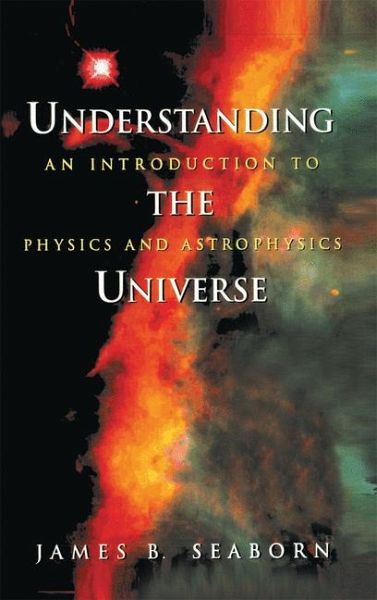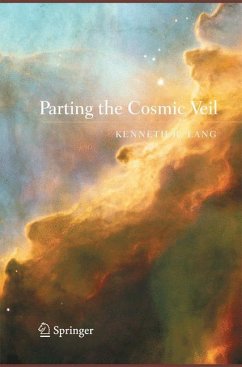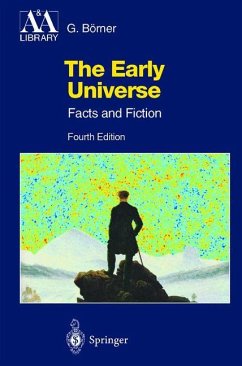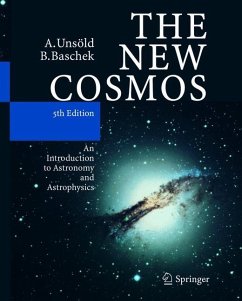
Understanding the Universe
An Introduction to Physics and Astrophysics
Versandkostenfrei!
Versandfertig in 1-2 Wochen
38,99 €
inkl. MwSt.
Weitere Ausgaben:

PAYBACK Punkte
19 °P sammeln!
Intended for undergraduate non-science majors, satisfying a general education requirement or seeking an elective in natural science, this is a physics text, but with the emphasis on topics and applications in astronomy. The perspective is thus different from most undergraduate astronomy courses: rather than discussing what is known about the heavens, this text develops the principles of physics so as to illuminate what we see in the heavens. The fundamental principles governing the behaviour of matter and energy are thus used to study the solar system, the structure and evolution of stars, and the early universe. The first part of the book develops Newtonian mechanics towards an understanding of celestial mechanics, while chapters on electromagnetism and elementary quantum theory lay the foundation of the modern theory of the structure of matter and the role of radiation in the constitution of stars. Kinetic theory and nuclear physics provide the basis for a discussion of stellar structure and evolution, and an examination of red shifts and other observational data provide a basis for discussions of cosmology and cosmogony.
For the last eighteen years, I have been teaching an introductory course in as trophysics. The course is intended for nonscience majors satisfying a general education requirement in natural science. It is a physics course with applications in astronomy. The only prerequisite is the high school mathematics required for ad mission to the university. For a number of years, I used an astronomy text, which I supplemented with lecture notes on physics. There are many good astronomy texts available, but this was not a satisfactory state of affairs, since the course is a physics course. The students needed a physics text that focused on astronomical applications. Over the last few years, I have developed a text which my students have been using in manuscript form in this course. This book is an outgrowth of that effort. The purpose of the book is to develop the physics that describes the behavior of matter here on the earth and use it to try to understand the things that are seen in the heavens. Following a brief discussion of the history of astronomy from the Greeks through the Copernican Revolution, we begin to develop the physics needed to understand three important problems at a level accessible to undergraduate nonscience majors: (1) the solar system, (2) the structure and evolution of stars, and (3) the early universe. All ofthese are related to the fundamental problem of how matter and energy behave in space and time.












